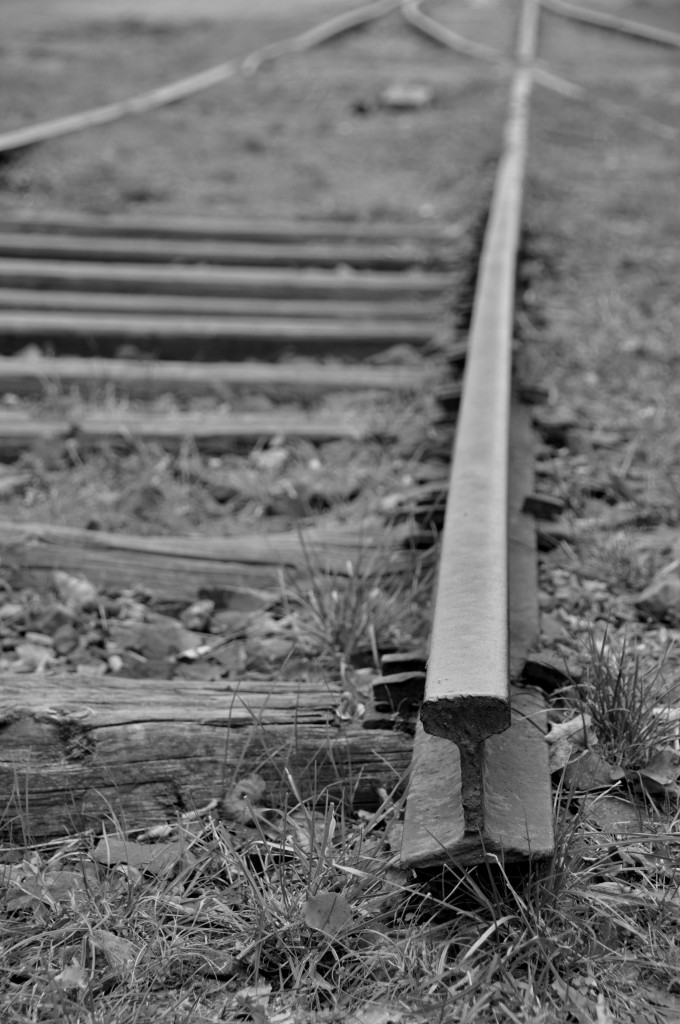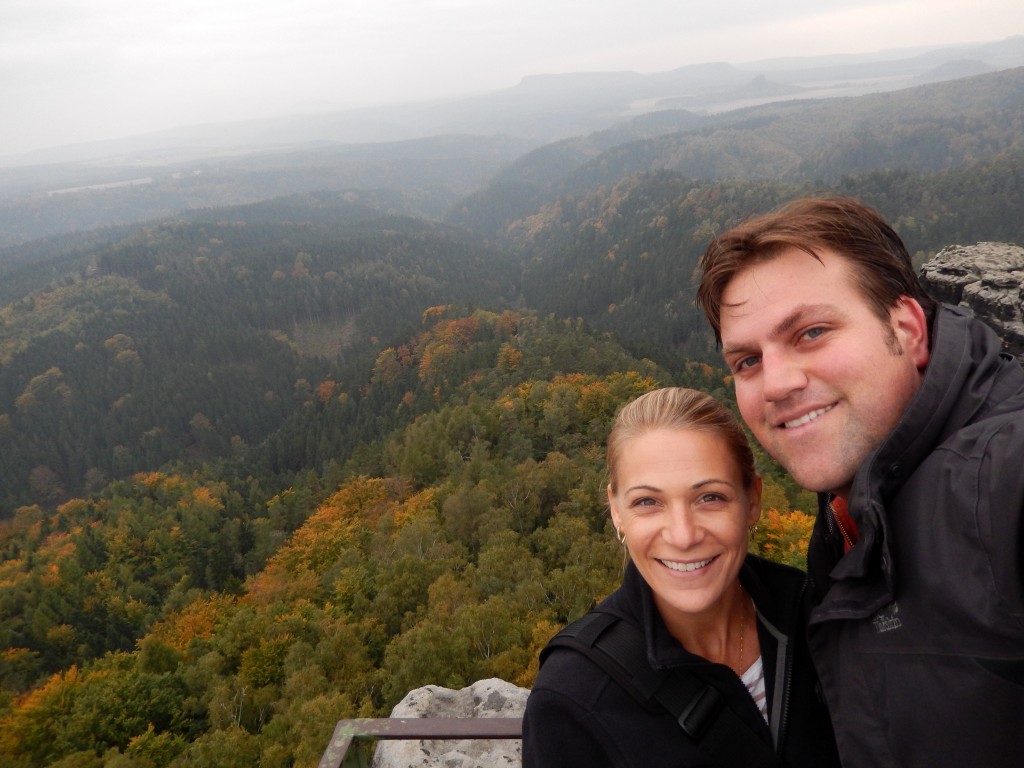Concentration Camps. They are never a “fun” part of any travel itinerary, but visiting them is something that Joe and I believe to be an important part of our Olmsted journey. They are an important part of American history. They are an important part of German history. Moreover, they are an important part of human history.
Prior to today, I have visited three Concentration Camps (Dachau, Buchenwald, Struthof-Natzweiler). They have all had strong similarities: old buildings or foundations of prior structures surrounded by decaying fencing and thick tree lines. Tucked away in the woods and geographically removed from the bustling and reviving towns they are associated with, the camps can easily go unnoticed (consciously or not) by visitors and citizens alike. The occasional street sign or parade of tourist buses being the only indicators of these former sites of tragedy.
Today we visited Theresienstadt Concentration Camp in Terezín, Czech Republic and there was something tangibly different about this Gedenkstätte. There was no entrance gate or barricade, outlining where the former camp ended and the rest of the world began. There was no long approach road, keeping the memories of the past a safe distance from the activities of the present. This is because the entire town of Terezín was a concentration camp.
Built between 1780-1790, Terezín’s original mission was that of a fortress and garrison town. It was completely surrounded by a defense wall, meant to protect Emperor Joseph during the Prussian-Austrian wars. Unfortunately, this made Terezín an attractive option for the Third Reich as it invaded Czech lands. In Novermber 1941 Terezín became a Jewish Ghetto, used as a reception and transit camp for Jews from Bohemia and Maravia. Many residents of the Ghetto believed they were just coming here to “wait out the war”.
The entire town was used as a piece of Nazi propaganda. Movies were shot in Terezín, showing “residents” playing sports, relaxing, and enjoying a “high quality of life” within the walls of the Ghetto. In reality, the town of Terezín and the Jewish Ghetto were slowly turning into the Theresienstadt Concentration Camp. By mid-1942 the entire civil population was gone and the whole of Terezín became a town behind bars. It became a powerful tool in the “Final Solution”.
Walking and driving around Terezín during our visit was difficult and confusing. I would call it more of a “ghost town” than anything else, struggling under the shadow of its past. There were few tourists and even fewer natives. Every corner of the town and nearly every building held a sad story of days gone by. For example, a portion of the railroad tracks used to transport hundreds of thousands of souls to their final moments still remain in Terezín. What is hard for me about the tracks is that they are just there. There is no plaque, no information, no memorial. If you didn’t know what you were looking for, you wouldn’t know they were there at all.
In all honesty, I’m not sure I’m putting into words the way this town feels. Maybe sharing a conversation Joe and I had while walking around will help. Every concentration camp site or WWII memorial that we have visited thus far has been free to the public, except Terezín. This “town” required an entrance fee and charged for parking. I expressed my frustration about this and how it might discourage visitors from coming. His response: “I am happy to pay. This is all they have.” He was right. Theresienstadt Concentration Camp is all that Terezín has…and all that it is.
Alright, so…that was a bit rough. Time for something a bit lighter!
After Terezín we drove to Hřensko, CZ, which is home to Central Europe’s largest rock bridge.
 Pravčická brána, the rock bridge, was an inspiration for Hans Christian Andersen’s fairy-tales and can be seen in the movie “The Lion, the Witch, and the Wardrobe.” Despite an overcast day, the views were amazing!
Pravčická brána, the rock bridge, was an inspiration for Hans Christian Andersen’s fairy-tales and can be seen in the movie “The Lion, the Witch, and the Wardrobe.” Despite an overcast day, the views were amazing!
Driving around the CZ was a perfect fall day. We ended up on a lot of small, country roads through tiny towns and huge fields. The leaves were turning and the air just smelled like fall. Love!




